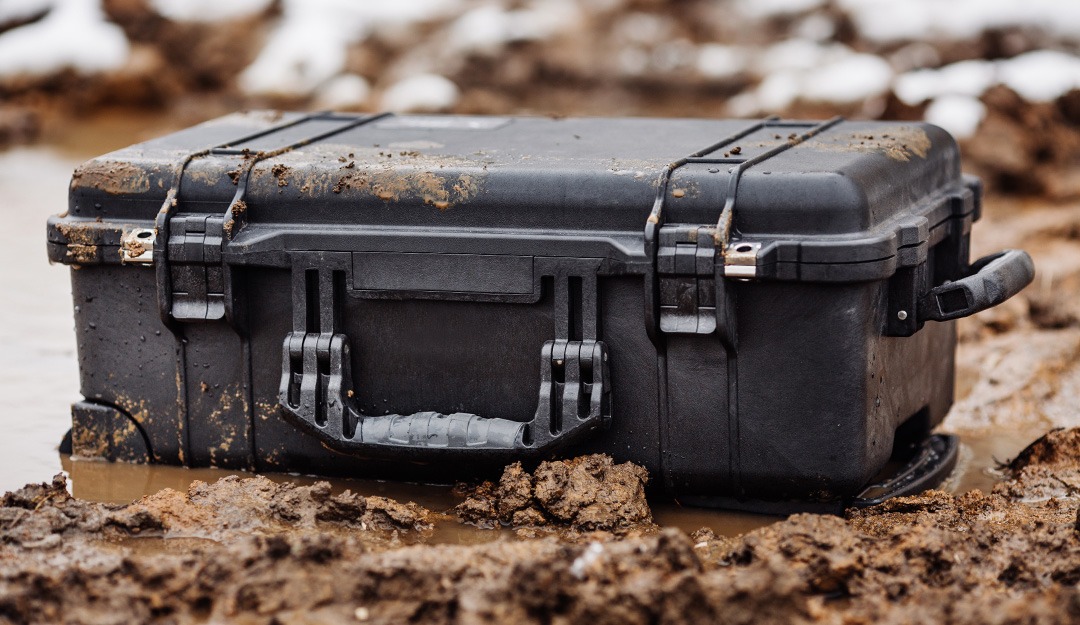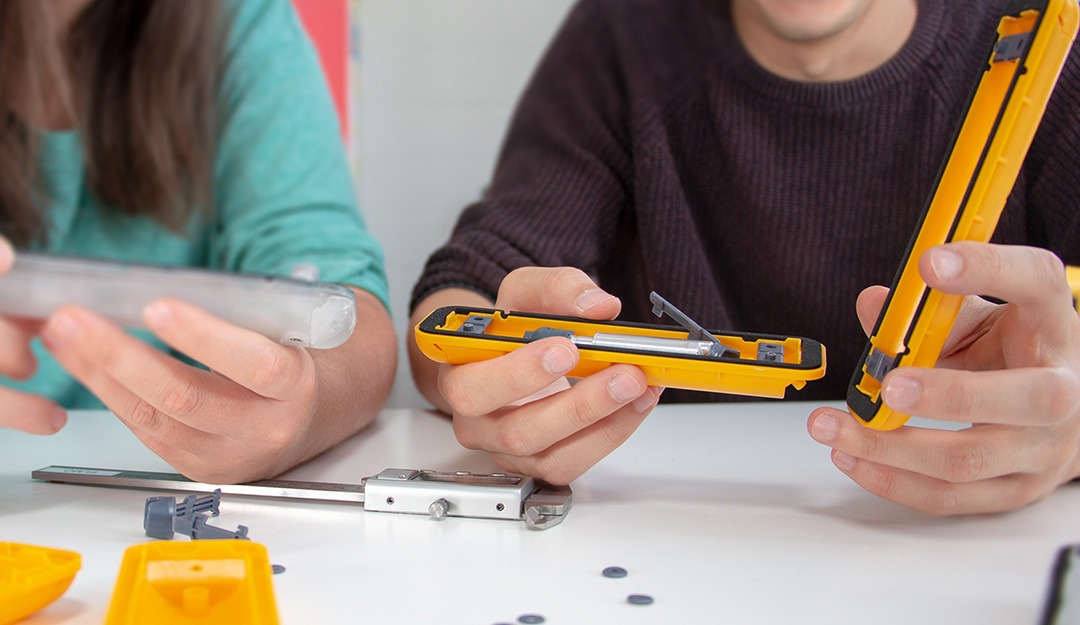What is an IP rating?
Posted by Ben Mazur 12.08.2019

Ben Mazur
Managing Director
Designed to meet IP rating standards
Some devices we develop at Ignitec must work in the toughest conditions, from icy ocean waters to extremely hot, dusty environments. Designed to meet IP rating standards, these products can cope even in brutal settings.
In those environments, knowing how well protected a device is against dust and water can make a huge difference. Usefully, there is an international standard to make that easy. IP stands for Ingress Protection and it is coupled with two numbers to show how well-sealed an item is against dust, moisture and solid objects.
How does the IP rating work?
The IP rating is a common standard across Europe and other countries outside North America. It uses two numbers to rate portions of enclosures and components, as well as complete enclosures, for both dust (first number after ‘IP’) and water (second number after ‘IP’) resistance.
What does the first number after IP mean?
This is the solid particle IP rating; it shows how well protected the item is against dust and debris in direct contact over a period of eight hours. It also clarifies how well-sealed moving or live parts are to stop people coming into contact with them, in accordance with the International Electrotechnical Commission’s directive IEC 60529.
| IP Solids Level | Size of object protected against | Protects Against |
|---|---|---|
| 0 | None | Nothing. Allows in all dust and debris. |
| 1 | > 50 mm | A large surface of the body, such as a hand (no protection against deliberate access). |
| 2 | > 12.5 mm | Fingers or similar objects not exceeding 80mm in length. |
| 3 | > 2.5 mm | Tools, wires, etc., of diameter or thickness greater than 2.5 mm. |
| 4 | > 1 mm | Wires or other similar solid material of thickness greater than 1mm in diameter. |
| 5 | Dust Protected | Dust that could interfere with satisfactory operation of equipment. |
| 6 | Dust Tight | All dust |
What does the second number after IP mean?
The second number shows how well-protected the item is against fresh-water moisture as defined in IEC 60529. IP rating doesn’t guarantee protection against other liquids, like saltwater, chlorine, acids, oils, detergents, alcohol etc.
| IP Liquid Level | Type of water or liquid | Protection |
|---|---|---|
| 0 | None | No liquid protection |
| 1 | Dripping | Vertical dripping on an upright object |
| 2 | Dripping at 15° | Vertical dripping on an object leaning at 15° from vertical |
| 3 | Spraying | Spraying up to 60° from vertical |
| 4 | Splashing | Splashes on an object from any angle |
| 5 | Jets from a 6.3mm diameter nozzle | Jet sprayed from any angle |
| 6 | Powerful jets from a 12.5mm diameter nozzle or heavy seas | 100 kPa (14.5 PSI) jets from 3 meters |
| 6k | Very powerful jets | 1,000 kPa (145 PSI) power jets from 3 meters |
| 7 | Immersion to 1 metre | Up to 1 metre of immersion for up to 30 minutes |
| 8 | Submersion deeper than 1 metre | Immersion to a depth specified by the manufacturer (suggests it is airtight) |
| 9k | Powerful, high-temperature jets | Close-range jets up to 80°C/176°F |
Using the international IP rating makes it simple to know at a glance how protected equipment and products are – and at the product conception and design stage, knowing an item needs to fulfil a certain rating helps the designers create the best product.



